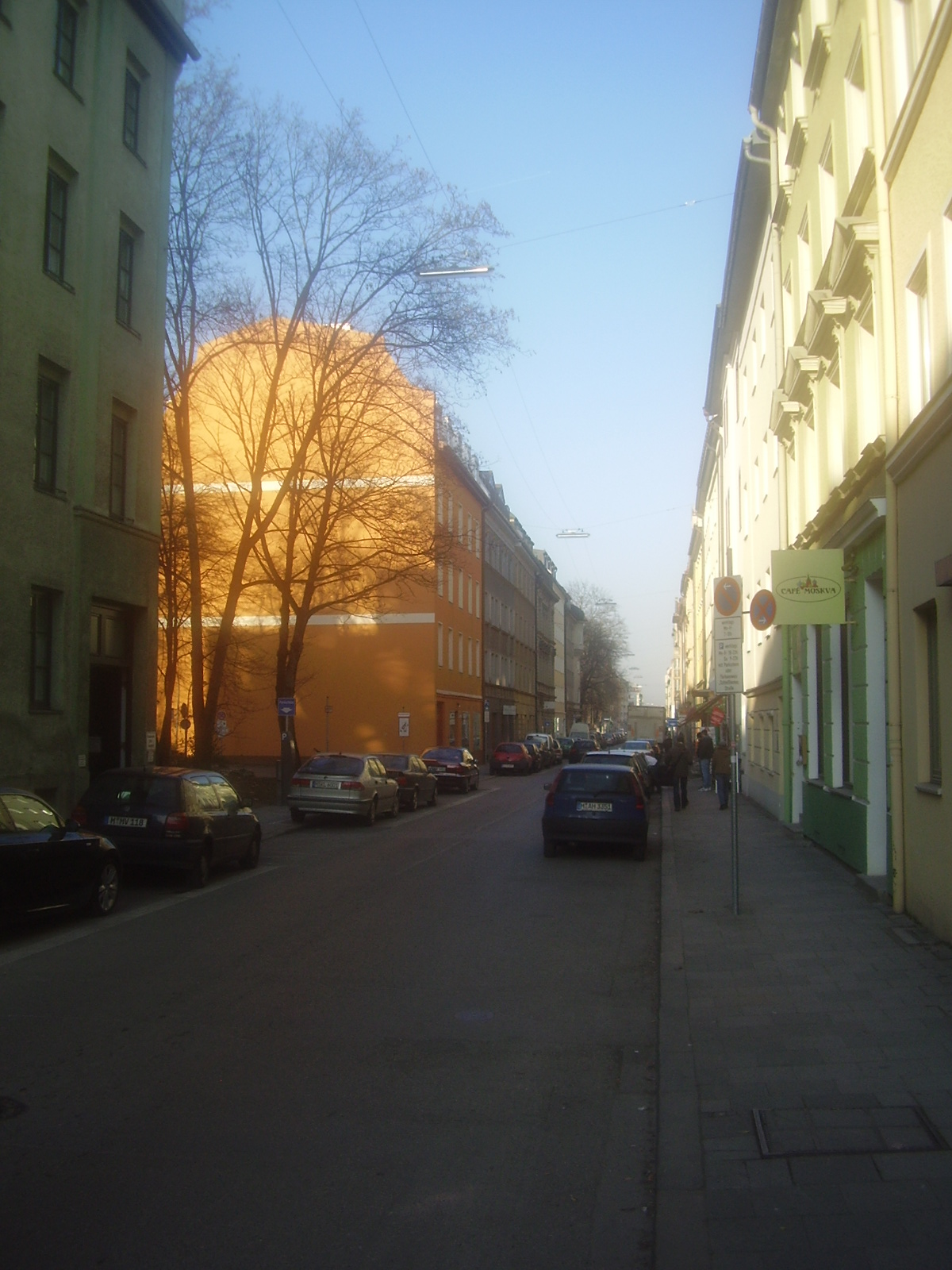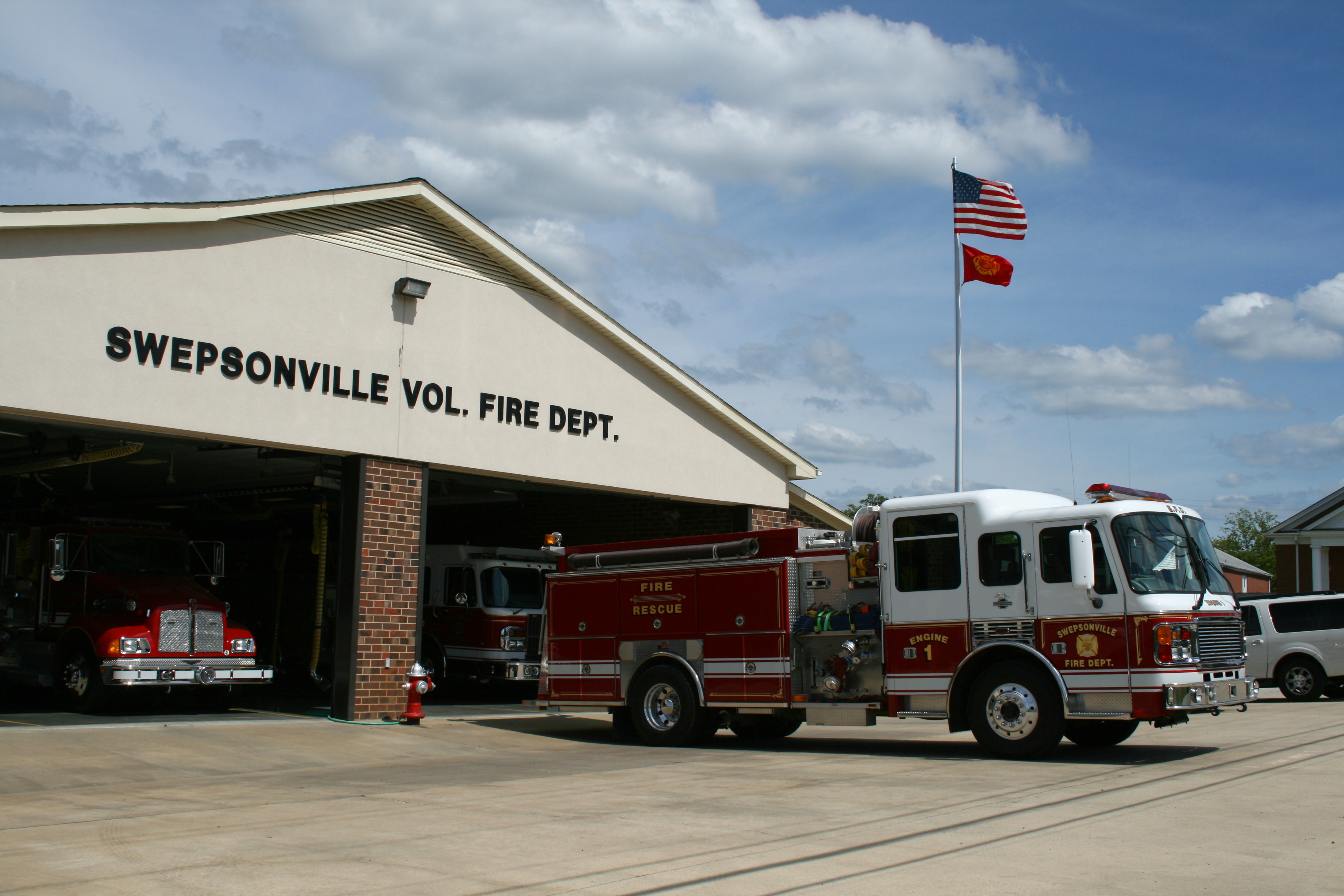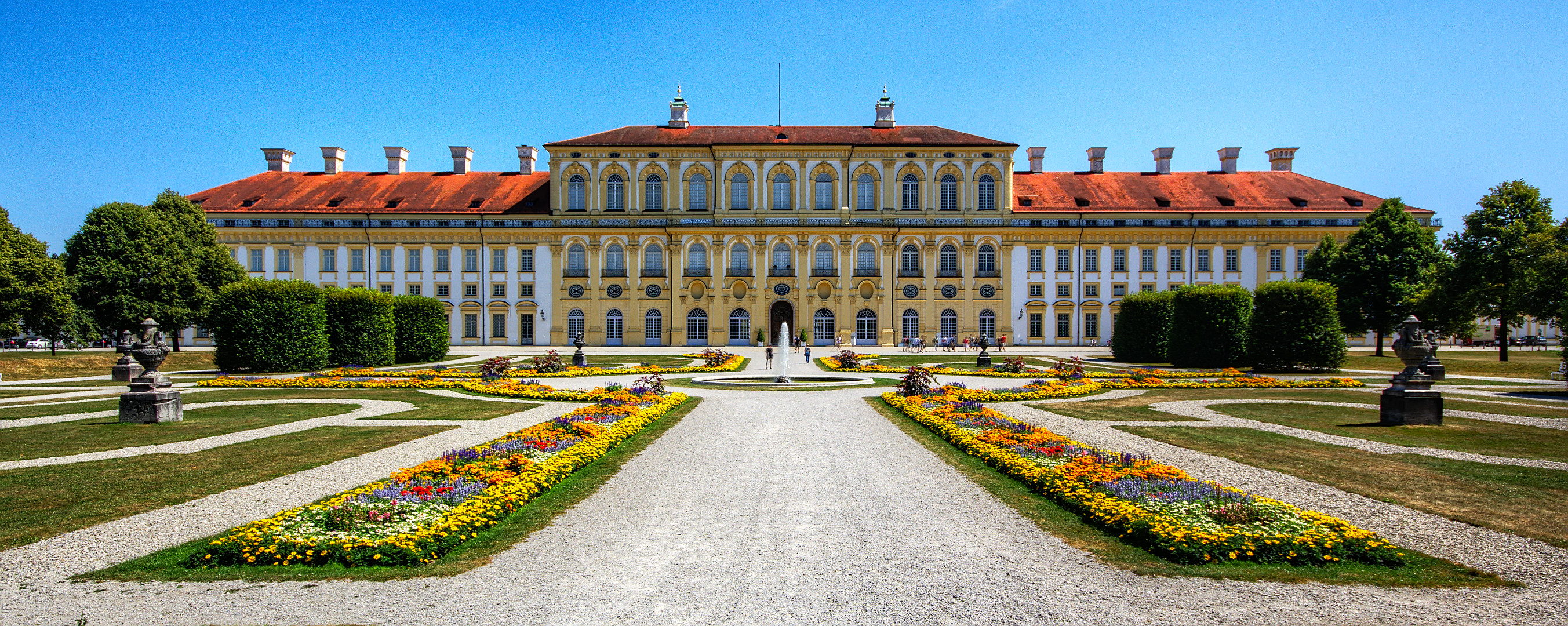|
Harthof
Harthof is a district in the north of the Bavarian capital Munich. It is located in districts 11 Milbertshofen-Am Hart and 24 Feldmoching-Hasenbergl. Harthof consists of medium-sized housing estates (mainly west of Schleißheimer Straße and east of Goldmarkstraße) and an estate of older council flats (east of Schleißheimer Straße). The ''Harthofanger'' green area is located within. History The districts of today's district belonged to Feldmoching and were mainly used as pastures. Several colonists settled on Schleißheimer Straße in the 19th century. The Bavarian Army's munition depot, known as the Powder Tower, had already existed there since 1838. The Harthof estate, which gave the district its name, was built in 1890 by Munich's '' Löwenbräu'' director Wolf. The building was demolished in 1957, the subsequent building is still in Max-Liebermann-Straße today. The name originates from the Feldmoching field name Hart, which means forest or pasture land. The Harthof w ... [...More Info...] [...Related Items...] OR: [Wikipedia] [Google] [Baidu] |
Am Hart
Am Hart (Central Bavarian: ''Am Hoart'') is the northernmost of the three sub-districts of the Munich city district 11 Milbertshofen-Am Hart. Location The district of Am Hart extends north of the Munich North Ring, between Ingolstädter Straße in the east and Schleissheimer Straße in the west, up to the northern edge of the city at the A99. It therefore borders Oberschleissheim in the North, Schwabing-Freimann in the East, Milbertshofen in the South and Feldmoching-Hasenbergl in the West. Description In the year 2015, Am Hart had 29,029 inhabitants, with a population density of 4,199.8 inhabitants/km2. On the south-western part of the still existing open-air area known as the Panzerwiese, the Nordhaide settlement exists since the 1990s and is home to several thousand inhabitants. To the north is the Hartelholz forest area. Also a number of former worker's settlements still exist from the time between the world wars. These include the settlements Harthof, Am Hart, K ... [...More Info...] [...Related Items...] OR: [Wikipedia] [Google] [Baidu] |
Munich Fire Department
The Munich Fire Department (German: ''Feuerwehr München'') is the firefighting authority (called ''Branddirektion'') of the City of Munich. The Munich fire department is divided into a professional department with approximately 1500 fire fighters staffing a total of 10 fire stations (German: ''Feuerwache'') located strategically throughout the city to meet the legal aid period of 10 Minutes, and a volunteer fire department, whose approximately 1,050 members are organized in 22 companies. Each year, the Munich Fire Department responds to about 80,000 calls (of which are about 70% medical calls). The volunteers respond to about 3,500 calls annually. This makes the Munich Fire Department the third largest fire department as well as the largest municipal fire department in Germany. History Precursor As with most fire departments in Germany, the first units were founded by gymnastics clubs. In 1848, a gymnastics club volunteered itself as gymnastics fire department to serve ... [...More Info...] [...Related Items...] OR: [Wikipedia] [Google] [Baidu] |
Panzerwiese
The Panzerwiese is a 200 hectare heath area in Milbertshofen-Am Hart in the north of Munich, Germany. It bears its name due to its former military use as a training area for tanks (german: Panzer and meadow german: Wiese). The name "Nordhaide" is often used analogously to Panzerwiese due to the settlement of the same name. It is part of the "Naturschutzgebiet" (protected nature area) Panzerwiese und Hartelholz. It belongs to the Munich Green Belt. It has been registered with the EU as a Fauna-Flora-Habitat area (heathland and turf forests north of Munich). Location North of it lies a forest area, the Hartelholz, northeast the Fröttmaninger Heide and in the south settlement areas along the Neuherbergstraße. In the west the meadow is bordered by Schleißheimer Straße (near Goldschmiedplatz) and in the east by Ingolstädter Straße or Ingolstädter Landstraße (B13). The Panzerwiese is located between the districts Hasenbergl and Harthof (district Milbertshofen-Am Hart, dist ... [...More Info...] [...Related Items...] OR: [Wikipedia] [Google] [Baidu] |
Schleißheimer Straße (Munich)
Schleißheimer Straße is the second longest street in Munich after Dachauer Straße (11.2 km) with a length of 8.14 km. It starts in the city centre at Stiglmaierplatz, leads through five districts and ends at Goldschmiedplatz. It takes its name from the northern suburb of Oberschleißheim, where it originally ended. Course The Schleißheimer Straße starts as a one-lane one-way street in the center of Maxvorstadt district as a branch of the Dachauer Straße a little north of the Stiglmaierplatz, leads past the Maßmannpark and runs almost straight from south to north through Schwabing, Am Riesenfeld, Milbertshofen-Am Hart, Milbertshofen, Lerchenau and Harthof to the district Feldmoching-Hasenbergl, Hasenbergl. From the city centre to the height of Moosacher Straße / Frankfurter Ring, the road is mostly one-lane, with the exception of a section in front of Petuelring. Afterwards it leads continuously as two lanes up to its end at the Goldschmiedplatz / corner Aschenbrennerstra� ... [...More Info...] [...Related Items...] OR: [Wikipedia] [Google] [Baidu] |
München Neu Freimann
München Neu Freimann is a post World War II displaced person camp in the American sector. The camp was located in Schwabing-Freimann Schwabing is a borough in the northern part of Munich, the capital of the German state of Bavaria. It is part of the city borough 4 (Schwabing-West) and the city borough 12 (Schwabing-Freimann). The population of Schwabing is estimated about ... and opened in July 1946. Residents were housed in confiscated workers' housing. External links *https://web.archive.org/web/20081107022309/http://www.ushmm.org/museum/exhibit/online/dp/camp19.htm {{Bavaria-geo-stub Displaced persons camps in the aftermath of World War II History of Munich ... [...More Info...] [...Related Items...] OR: [Wikipedia] [Google] [Baidu] |
Protestantism
Protestantism is a branch of Christianity that follows the theological tenets of the Protestant Reformation, a movement that began seeking to reform the Catholic Church from within in the 16th century against what its followers perceived to be growing errors, abuses, and discrepancies within it. Protestantism emphasizes the Christian believer's justification by God in faith alone (') rather than by a combination of faith with good works as in Catholicism; the teaching that salvation comes by divine grace or "unmerited favor" only ('); the priesthood of all faithful believers in the Church; and the ''sola scriptura'' ("scripture alone") that posits the Bible as the sole infallible source of authority for Christian faith and practice. Most Protestants, with the exception of Anglo-Papalism, reject the Catholic doctrine of papal supremacy, but disagree among themselves regarding the number of sacraments, the real presence of Christ in the Eucharist, and matters of ecclesiast ... [...More Info...] [...Related Items...] OR: [Wikipedia] [Google] [Baidu] |
German Red Cross
The German Red Cross (german: Deutsches Rotes Kreuz ; DRK) is the national Red Cross Society in Germany. With 4 million members, it is the third largest Red Cross society in the world. The German Red Cross offers a wide range of services within and outside Germany. GRC provides 52 hospitals, elderly care (over 500 nursing homes and a mobile nursing care network of covering the entire country), care for children and youth (i.e. 1.300 kindergartens, a full range of social services for children). GRC also provides 75% of the blood supply and 60% of the emergency medical services in Germany, as well as first aid training. GRC headquarters provides international humanitarian aid ( disaster management and development assistance) to over 50 countries across the world. Voluntary societies of the German Red Cross The majority of active voluntary Red Cross members are part of the five voluntary societies of the German Red Cross. * Bereitschaften (emergency response units, about 160,00 ... [...More Info...] [...Related Items...] OR: [Wikipedia] [Google] [Baidu] |
Fire Station
__NOTOC__ A fire station (also called a fire house, fire hall, firemen's hall, or engine house) is a structure or other area for storing firefighting apparatuses such as fire engines and related vehicles, personal protective equipment, fire hoses and other specialized equipment. Fire stations frequently contain working and living space for the firefighters and support staff. In large US cities, fire stations are often named for the primary fire companies and apparatus housed there, such as "Ladder 49". Other fire stations are named based on the district, neighborhood, town or village where they are located, or given a number. Facilities A fire station will at a minimum have a garage for housing at least one fire engine. There will also be storage space for equipment, though the most important equipment is stored in the vehicle itself. The approaches to a fire station are often posted with warning signs, and there may be a traffic signal to stop or warn traffic when apparatu ... [...More Info...] [...Related Items...] OR: [Wikipedia] [Google] [Baidu] |
Fire Buff
A fire buff is a person with considerable interest (a fan) in fire fighting and emergency services, while not being an active member of these services. Fire buffs may collect or promote information about the local emergency services, raise money for them, or attend emergencies as bystanders. In the latter case, a fire buff may be considered a nuisance or even a danger to operations by active service members.What is a fire buff? - excerpt from Robert W. Masters: "Pictorial History of Firefighting", 1967 Many fire buffs are organized in associations, a small number of which are integrated into auxiliary services for their local fire stations. [...More Info...] [...Related Items...] OR: [Wikipedia] [Google] [Baidu] |
Volunteer Fire Department
A volunteer fire department (VFD) is a fire department of volunteers who perform fire suppression and other related emergency services for a local jurisdiction. Volunteer and retained (on-call) firefighters are expected to be on call to respond to emergency calls for long periods of time, and are summoned to the fire station when their services are needed. They are also expected to attend other non-emergency duties as well (training, fundraising, equipment maintenance, etc.). Volunteer firefighters contrast with paid firefighters who work full or part-time and receive a salary. Some volunteer firefighters may be part of a combination fire department that employs both full-time and volunteer firefighters. On-call firefighters who receive some pay for their work are known as call firefighters in the United States, and retained firefighters in the United Kingdom and Ireland. International The earliest firefighting organizations were made up of volunteers. The first large organiz ... [...More Info...] [...Related Items...] OR: [Wikipedia] [Google] [Baidu] |
Oberschleißheim
Oberschleißheim () is a Municipalities of Germany, municipality in the Munich (district), district of Munich, in Bavaria, Germany. It is located 13 km north of Munich (centre). As of 2005 it had a population of 11,467. Oberschleißheim is best known for the Schleissheim Palace and the Flugwerft Schleissheim next to the airport housing the airplane department of the Deutsches Museum, German Museum. The airfield is also home to one of the five German Federal Police helicopter squadrons. Established in 1912, the airfield was the first in Bavaria. During World War II, a subcamp of Dachau concentration camp was located here. In the early 20th century, Schleißheim was home to author Waldemar Bonsels, who was inspired to write his "Biene Maja" by a gnarly tree in the woods nearby. History Schleißheim was first mentioned as “Sliusheim” in 785. The small church of St. Martin in Mallertshofen is a Romanesque church which still exists. In the Year 1315 the name of the villag ... [...More Info...] [...Related Items...] OR: [Wikipedia] [Google] [Baidu] |

_-_Milbertshofen_-_Am_Hart.png)




